Attracting Orioles to Your Backyard
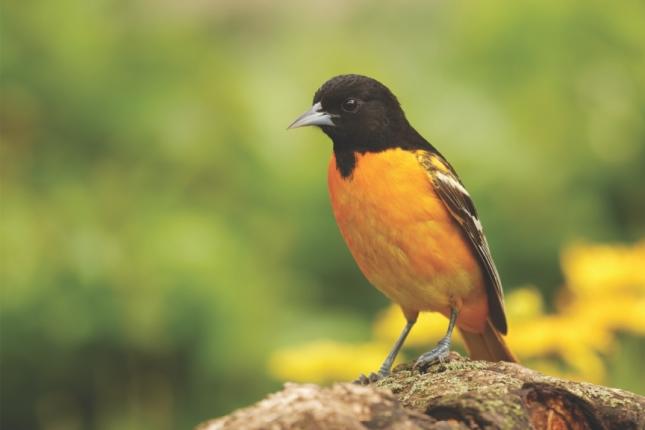 The Baltimore Oriole is one of the most brilliantly coloured songbirds in the east. The males are flame-orange and black, with a solid-black head and one white bar on their black wings. While the female and immature males are yellow-orange on the breast, grayish on the head and back, with two bold white wing bars. They usually stay hidden in the trees eating and singing out their beautiful whistling notes
The Baltimore Oriole is one of the most brilliantly coloured songbirds in the east. The males are flame-orange and black, with a solid-black head and one white bar on their black wings. While the female and immature males are yellow-orange on the breast, grayish on the head and back, with two bold white wing bars. They usually stay hidden in the trees eating and singing out their beautiful whistling notes
Baltimore Orioles nest in open woodlands and large trees. They are infamous for their woven nests which hang 6 to 60 feet above the ground in tall deciduous trees. The nests are woven from plant fibres, pieces of bark, grasses and other suitable materials such as string.
Feeding:
Orioles are insect and fruit eaters, so they will not visit seed feeders. They can be drawn down from their perches with foods like orange slices, grape jelly, mealworms and nectar feeders. If you have orioles in your area, you have a good chance of attracting them to a fruit or nectar feeder in your yard! If you are new to feeding orioles we recommend placing the your oriole feeder away from any other feeders in a quiet "corner" of your yard. Once they begin to visit the feeder, you can slowly start moving it closer to the house for a better view.
Nectar...the Recipe for Perfectly Fun Feeding
Orioles are known to enjoy orange slices, BirdBerry Jelly and mealworms offered from tray-style feeders. They will even use the protein-rich mealworms to feed their nestlings. Nectar feeders are also attractive to orioles, supplementing the natural nectar they typically find in flowers. Boil two cups of water; add 1/3 cup of sugar; cool and fill the feeder. Be patient and keep the foods fresh, replacing them every few days and be sure to keep your feeders clean, too.
Foods
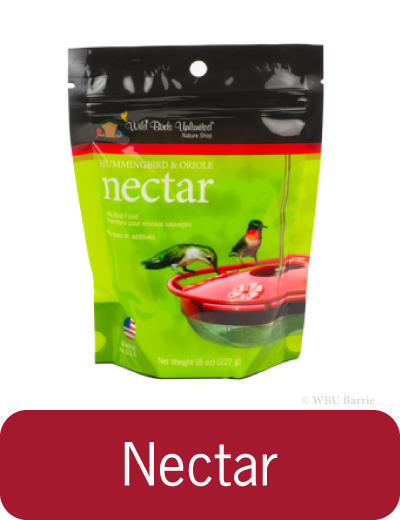
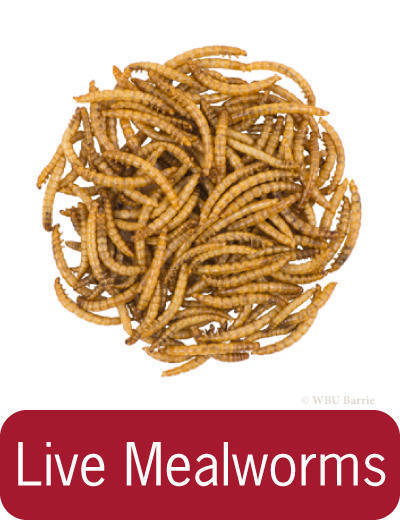
Feeders
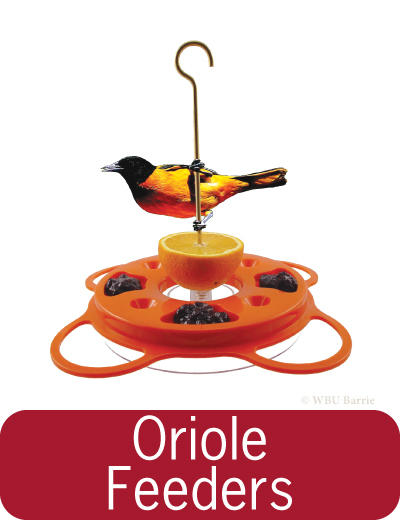
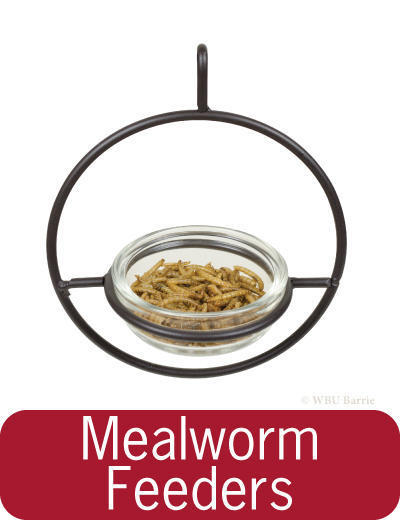
Nesting
Orioles do not use man-made nest boxes. The Oriole nest is an engineering masterpiece. They weave a hanging-basket nest with plant fibers, grasses, vine and tree bark (and sometimes string or yarn) placed out on the small twigs of a branch 6 - 45 feet in the air. This keeps them safe from most predators. It can take as many as 12 days for an Oriole to weave its nest. One Baltimore Oriole was observed spending 40 hours building a nest with about 10,000 stitches and the tying of thousands of knots, all with its beak! The female Baltimore Oriole builds her nest with little or no help from its mate. Only the female incubates and broods, while both feed the young.
Birdbaths (Water)
Water is essential to all birds and providing a bird bath means they don’t have to travel great distances to find water. Water in a bird bath should be cleaned regularly as birds defecate, leave bits of food and feathers in the bath, not to mention leaves and other items that can end up in a bath. In the winter, heated birdbaths provide an excellent place for birds to drink. During the warmer months the WBU Water Wigglers and Solar Fountains create moving water in your birdbath, making the bath even more attractive to birds. WBU Barrie carries a variety of plastic, metal and clay birdbaths and accessories, as well as heated birdbaths for the colder months. Visit our page on birdbaths for a selection of styles as well as accessories like brushes, solar fountains, water wigglers and Fountain Fresh Water Clarifier.
Fun Facts
- Unlike many insect-eating birds, Baltimore Orioles will eat spiny or hairy caterpillars, including such pest species as fall webworms, tent caterpillars, and gypsy moths.
- Orioles are a member of Icteridae family, meaning that their closest bird relatives include meadowlarks, blackbirds, bobolinks and grackles.
- In areas with high quality habitat, Orchard Orioles may nest in close proximity to each other; a single tree may even contain several nests.
- Most male Baltimore Oriole songs vary enough from one another as to be unique to each individual. It is believed females can identify and locate their mate by its distinct song.
Learn More
Visit the pages below to learn even more about these beautiful summer visitors:
-
Lab of Ornithology at Cornell - All About Birds - Baltimore Oriole
-
Lab of Ornithology at Cornell - All About Birds - Orchard Oriole

